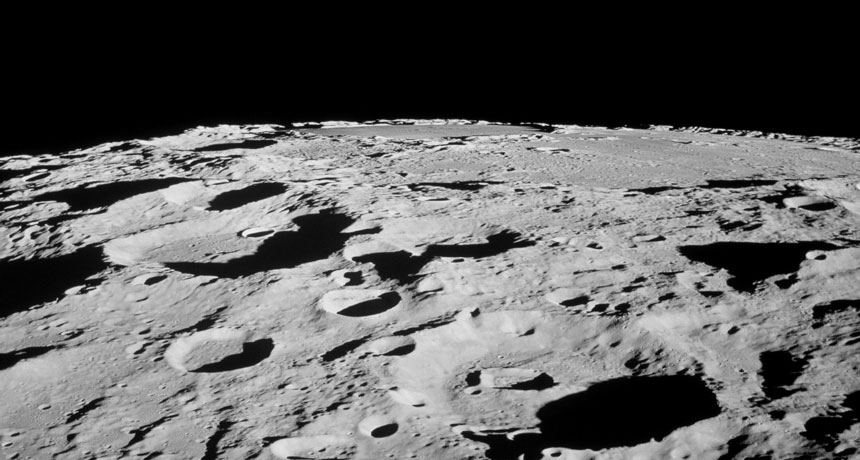AI bests humans at mapping the moon
A computer algorithm found about 6,000 lunar craters that hadn't been counted before

BRACE FOR IMPACT Artificial intelligence paints a portrait of the moon that’s even more pockmarked than previously thought.
NASA